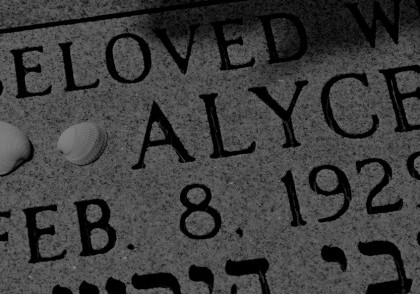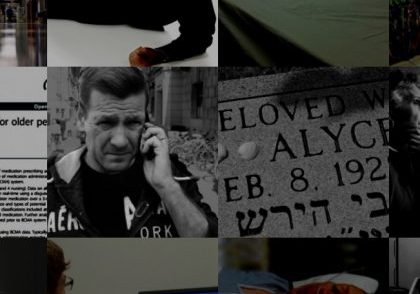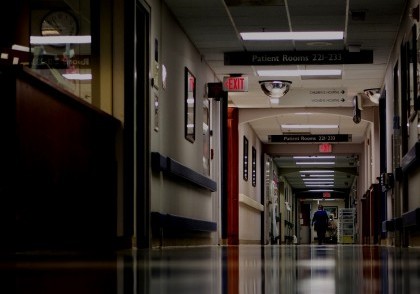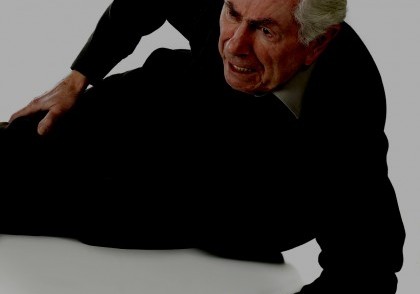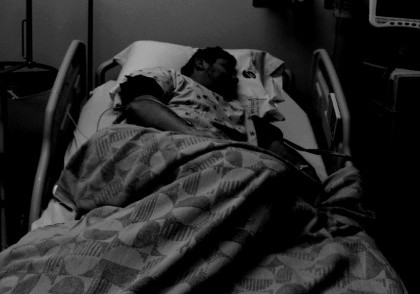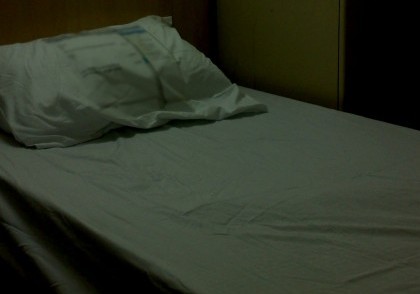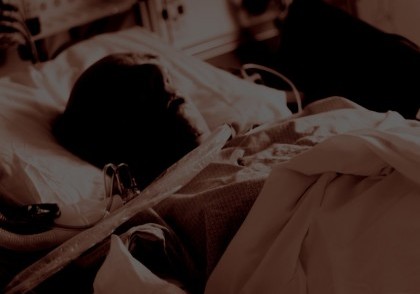Bedsores and the elderly
The Population Is Aging
As our population ages, persons 65 and older will eventually is account for more than 20 percent of the total U.S. population The increase in the number of elderly people is expected to continue to rise in the coming years. According to the National Center on Elder Abuse (NCEA), "[b]etween 2012 and 2050, the United States will experience considerable growth in its older population." By 2050, the elderly population is projected to be 83.7 million people.
One sign that elderly people are not receiving proper care or are being neglected is if they develop Bedsores in a nursing home or other care facility. Bedsores are also called pressure ulcers, pressure sores, or decubitis ulcers. The CDC defines bedsores as "wounds caused by unrelieved pressure on the skin." The National Pressure Ulcer Advisory Panel (NPUAP) defines pressure ulcers as "localized damage to the skin and underlying soft tissue usually over a bony prominence or related to a medical or other device." According to the American Academy of Family Physicians, bedsores "are caused by sitting or lying in one position for too long." Staying in one position for a long time puts "pressure on certain areas of the body" and this pressure reduces "the blood supply to the skin and the tissues under the skin." If a person does not move enough then "the blood supply gets too low, a sore may form."
Elder Abuse
As our loved ones age, it is important to be aware of some of the issues that older individuals may face, including neglect and elder abuse. There are a number of different ways that elder abuse has been defined. One definition recently proposed by the Centers for Disease Control and Prevention (CDC) states that elder abuse is "[a]n intentional act or failure to act by a caregiver or another person in a relationship involving an expectation of trust that causes or creates a risk of harm to an older adult." Elder abuse can occur in a number of ways including financial exploitation, physical abuse, or neglect. In terms of neglect, bedsores are a key result of this form of mistreatment.
Bedsores
Where Do Bedsores Form?
Bedsores can form in a very short amount of time. A report at Johns Hopkins states that these bedsores can develop "when [the] blood supply to the skin is cut off for more than 2 to 3 hours." Bedsores do not become gaping wounds right away but rather start as "a red painful area." When the sore is not properly treated, "the skin can break open and the area can become infected." The sore can become really deep and "extend into the muscle and bone."
According to an article by the Mayo Clinic, some of the most common areas for bedsores to occur on an individual is "on [the] skin that covers bony areas of the body, such as the heels, ankles, hips, back, buttocks and tailbone." In addition, bed sores can form on "the base of the spine (tail bone), the shoulder blades, the backs and sides of the knees, and the back of the head."
The Stages Of A Bedsore
Bedsores occur in four stages, with Stage One being the least severe and Stage Four being the most severe. According to the American Academy of Family Physicians, the bedsore stages are as follows:
"Stage 1. The affected skin looks red and may feel warm to the touch. The area may also burn, hurt or itch. In people who have dark skin, the pressure sore may have a blue or purple tint.
Stage 2. The affected skin is more damaged in a stage 2 pressure sore, which can result in an open sore that looks like an abrasion or a blister. The skin around the wound may discolored. The area is very painful.
Stage 3. These types of pressure sores usually have a crater-like appearance due to increased damage to the tissue below the skin's surface. This makes the wound deeper.
Stage 4. This is most serious type of pressure sore. The skin and tissue is severely damaged, causing a large wound. Infection can occur at this stage. Muscles, bones, tendons and joints can be affected by stage 4 pressure sores."
How Common Are Bed Sores?
According to the Agency for Healthcare Research and Quality, which is a part of the U.S. Department of Health and Human Services, "[e]ach year, more than 2.5 million people in the United States develop pressure ulcers." In a 2013 report, the agency stated that "[e]stimates of pressure ulcer prevalence range from 0.4 to 38 percent in acute care hospitals, 2 to 24 percent in long-term nursing facilities (nursing homes), and 0 to 17 percent in home care settings." The CDC cites a 2004 study that looked at the occurrence of pressure ulcers among nursing home residents. That study found that "[of] the 1.5 million current U.S. nursing home residents in 2004, about 159,000 (11%) had pressure ulcers of any stage." About half of the ulcers were Stage Two, with the other half being a mix of Stages One, Three, and Four.
Bedsores and Negligence
If a resident at a nursing home facility develops a pressure ulcer, especially if that resident is particularly feeble and unable to move around without assistance, this could be a sign of neglect, abuse, or negligence.
►Learn more about the warning signs of bedsores
►Learn more about filing a bedsore lawsuit
►Read some frequently asked questions about bedsores
Contact An Elder Abuse Attorney
If you or a loved one has been the victim of elder abuse, either through neglect in a nursing home or another type of negligent care, please do not hesitate to contact the law firm of Dalli & Marino. Our attorneys have extensive experience and are dedicated to helping our clients recover just compensation for their injuries. You can call our office today at 888 465-8790, or fill out our online form.
Case Study – [MC]
“But for that dosing error… Mom would still be with us.” DATELINE…
Case Study: Wrongful Death
Nursing Home Abuse: Case Study 19: Wrongful Death in a Nursing Home
Case Study: Nursing Home Abuse — From a Distance
You can’t be there every minute. But what of the warning signs for nursing home abuse?
Cases of Nursing Home Abuse
Review our portfolio of case studies covering numerous aspects of nursing home abuse: falls, bedsores, over-medication, neglect.
Case Study: Where is Everyone?
Nursing Home Abuse Case Study: Understaffing or neglect in a nursing home can cause severe loneliness, depression, loss of appetite or ignore health warning signs.
Case Study: Nursing Home Falls
Nursing Home Abuse: Despite best practices intended to reduce the incidence of falls, they remain a common cause for nursing home injuries.
Case Study: It Starts with Bruising
Nursing Home Abuse: Bedsores caused by neglect
Case Study: Nursing Home Bedsore
Nursing Home Abuse: Bedsores can lead to fatal complications, including organ failure and even cancer.
Case Study: I Never See A Doctor When I Request One
Nursing Home Abuse Case Study: Patients fail to receive prompt attention from nursing home physicians.
Case Study: Medication Error
Nursing Home Abuse Case Study: A medication error leads to dangerous health complications or death.
